Templo Jeungsimsa en Gwangju (증심사(광주))
15.8Km 2025-07-02
Jeungsimsa-gil 177, Dong-gu, Gwangju
Monumento Chungjangsa (충장사)
16.9Km 2023-02-09
Songgang-ro 13, Buk-gu, Gwangju
Cementerio Nacional 18 de Mayo (국립 5.18 민주묘지)
17.2Km 2024-07-17
Minju-ro 200, Buk-gu, Gwangju.
El Cementerio Nacional 18 de Mayo, ubicado frente al monte Mudeungsan, es el símbolo de libertad y democracia y es un cementerio donde se encuentran los cuerpos de los caídos durante la lucha por la democracia en mayo de 1980. En 1980, las víctimas eran traídas en carretas o camiones de basura y eran sepultadas en el cementerio de Mangwol-dong. En 1997 este cementerio fue exhumado y transferido al Cementerio Nacional 18 de Mayo. La fecha es recordada para la revalorización del deseo de democracia del pueblo coreano.
Para acceder al cementerio necesitará pasar por el Portal de la Democracia, construido al estilo tradicional coreano. Pasando por la amplia Plaza de la Democracia, llegará al Pasaje de la Conmemoración. Continúe el recorrido para llegar frente a la Torre Conmemorativa, una figura circular (4 m de alto) de una mano cerrada, que simboliza la resurrección de una nueva vida. Bajo la torre, hay un pequeño altar con inciensos que demuestran respeto. Después de la Torre Conmemorativa, encontrará trabajos de relieve a ambos lados. Hacia la derecha podrá ver un lugar donde se guardan relicarios con imágenes y tablas monetarias, y enfrente está la Puerta de la Historia, que muestra las imágenes de aquellos días. Con este material visual podrá entender esta parte de la historia de Corea. Después de recorrer estas secciones de la historia coreana, disfrute de una agradable caminata por los alrededores del cementerio.
Templo Manyeonsa (만연사)
18.1Km 2021-02-17
Jingak-ro 367, Hwasun-eup, Hwasun-gun, Jeollanam-do.
+82-61-374-2112
Se cree que este templo fue fundado hacia el año 1208, los tiempos del rey Heejong, de la dinastía Goryeo. Hasta la Guerra de Corea se conservaban varios de sus pabellones más antiguos, pero muchos fueron destruidos. Recién en 1978 se levantaron nuevamente varios de ellos. En las cercanías, a exactamente 2 km hacia el este están las Cascadas Manyeon y hay un bosque que atrae a muchos turistas de pícnic y campamento.
Hwaseong Sigyuksikdang (화성식육식당)
19.0Km 2021-03-20
162, Chilchung-ro, Hwasun-gun, Jeollanam-do
+82-61-374-2806
A restaurant where you can eat fresh raw meat. This restaurant's signature menu is grilled beef. This Korean dishes restaurant is located in Hwasun-gun, Jeollanam-do.
Festival de Flores Gildong de Jangseong (장성 황룡강 길동무 꽃길 축제)
19.4Km 2025-03-31
Jangjae-gil 21, Jangseong-eup, Jangseong-gun, Jeollanam-do
061-390-7252
Parque Ecológico del Lago Gwangju (광주호 호수생태원)
19.4Km 2025-06-16
Chunghyosaem-gil 7, Buk-gu, Gwangju
Hwanbyeokdang (환벽당)
19.6Km 2023-02-09
Hwanbyeokdang-gil 10, Buk-gu, Gwangju
YangDongHo Traditional House (Hanok 152) / 양참사댁(양동호 가옥 / 한옥152)
19.8Km 2025-03-05
24, Darasil-gil, Hwasun-gun, Jeollanam-do
+82-10-9646-5087
Yangchamsadaek (Yangdongho’s former name) or National Cultural Property No. 152 is a traditional hanok accommodation. Dalasil Village, Hwasun, Jeollanam-do, where the house is located, is a town with traditional houses and fields, where interestingly those who have the surname of Jeju Yang live together.
Yangchamsadaek is a typical noble's house in the southern region with the ㄷ-shaped main building and the ㅡ-shaped detached building form the ㅁ shale. It is expected that the main building was built in the 18th century and the detached building at the end of 19th century. In 2013, the current owner has taken over the antique house and started running a hanok stay, and his daughter, Jo A-ae, a curator and culture planner, added modern touches to turn it into a culture complex, Hanok 152. The wide lawn is sometimes rented for music performance, traditional wedding, or outdoor wedding, and other times it serves as a venue of one-day classes for hanbok experience, Korean food experience, etc.
As for rooms, there are four options: big room and small room in Anchae (main building), and Daecheong room and bed room in Sarangchae (detached building). The rooms are decorated with traditional cabinets and folding screens with embroidery, displaying the beauty of an antique house. The main floor, which is much bigger than that of other houses, has been renovated by the owner. The main floor in the main building, with a comfortable sofa and a rug, is modern and luxurious, whereas the main floor in the detached building is cozy with a floor table and Korean cushions. Toiletries are not available in the bathroom but provided upon request to the information desk. Space rental is also available. Various events such as traditional wedding, small wedding, first birthday celebration, 70th birthday celebration, small workshop, or one-day class can be held here. Moreover, traditional hanbok experience is always available at 15,000 won per person. Korean food experience is notified on Instagram and requires reservation. As the cost varies depending on the number of participants and the date, make sure to inquire over the phone.
Also located in the village are Hanjae House (National Cultural Property No. 154) and World Heritage Hwasun Dolmen Site. Note that the Unjusa Temple, famous for the Cheonbulcheontap Pagoda, is a 15-minute drive away.
Museo Literario Gasa Munhak (한국가사문학관)
19.9Km 2021-12-28
Gasamunhak-ro 877, Gasamunhak-myeon, Damyang-gun, Jeollanam-do.
Este museo se encuentra en Damyang, de la provincia Jeollanam-do, una región que posee tierra fértil, un paisaje natural espléndido y cantidad de reliquias y patrimonios culturales. Durante la época de Joseon, cuando la mayoría de las actividades literarias se realizaban en hanmun (caracteres chinos), comenzaron a aparecer poesías escritas en el idioma coreano, y así, también ha florecido la literatura Gasa Munhak (antiguo verso coreano).
Los versos más famosos son el “Gwandong Byeolgok”, y “Sami Ingok” del poeta Jeong Cheol, y, también existen 18 obras legendarias de autores famosos y anónimos, pertenecientes a la región de Damyang. De tal manera, siendo la meca de la literatura antigua de Corea, el museo se ha instalado con el fin de preservar y difundir la importancia de este patrimonio cultural a las generaciones actuales.
El museo está formado por varias instalaciones anexas, las salas de exposición clasificados por los diferentes autores históricos, las áreas destinadas a la colección de materiales informativos, sala de exhibición de los productos regionales y la casa de té tradicional.
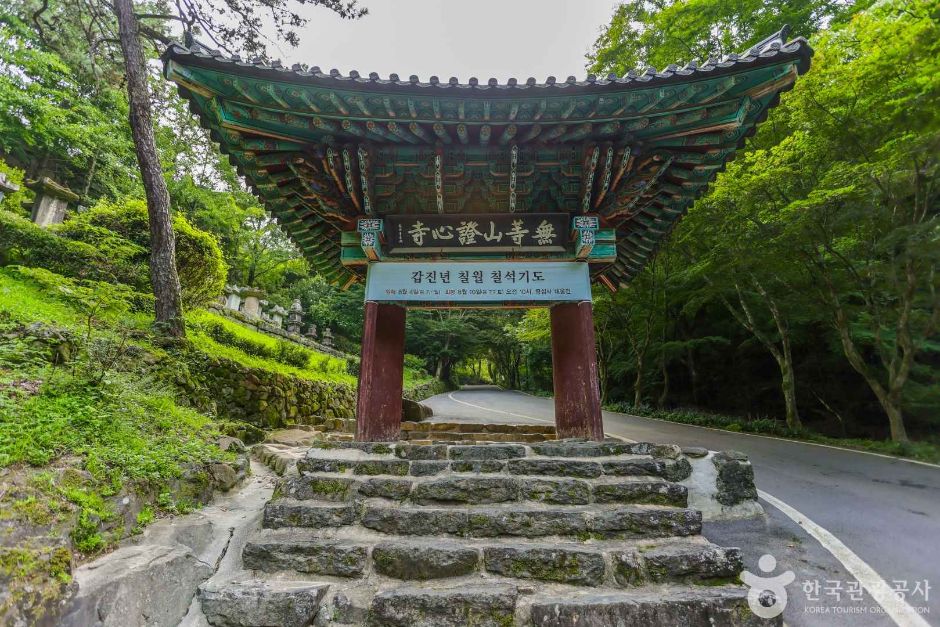

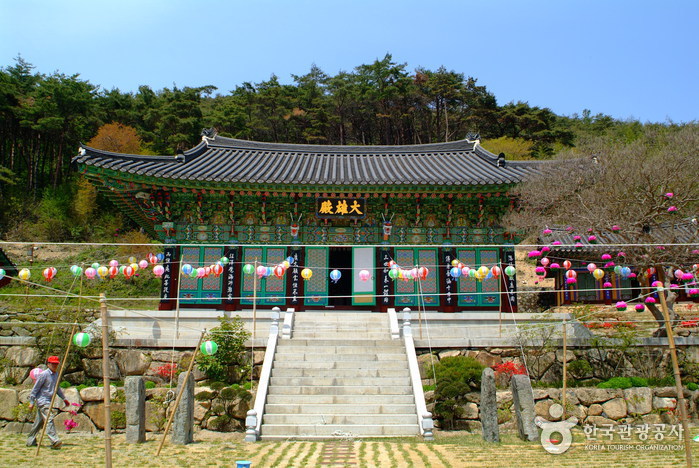
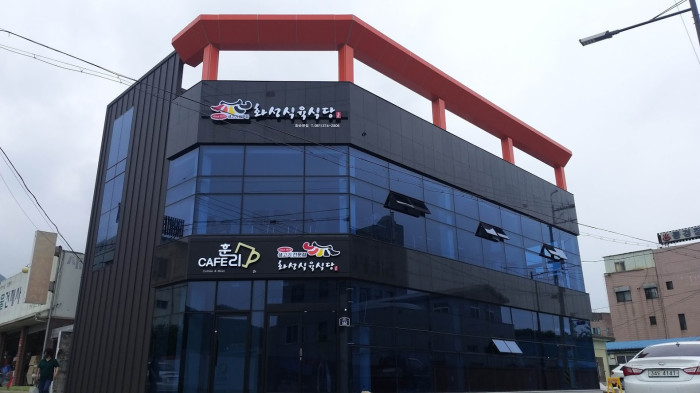
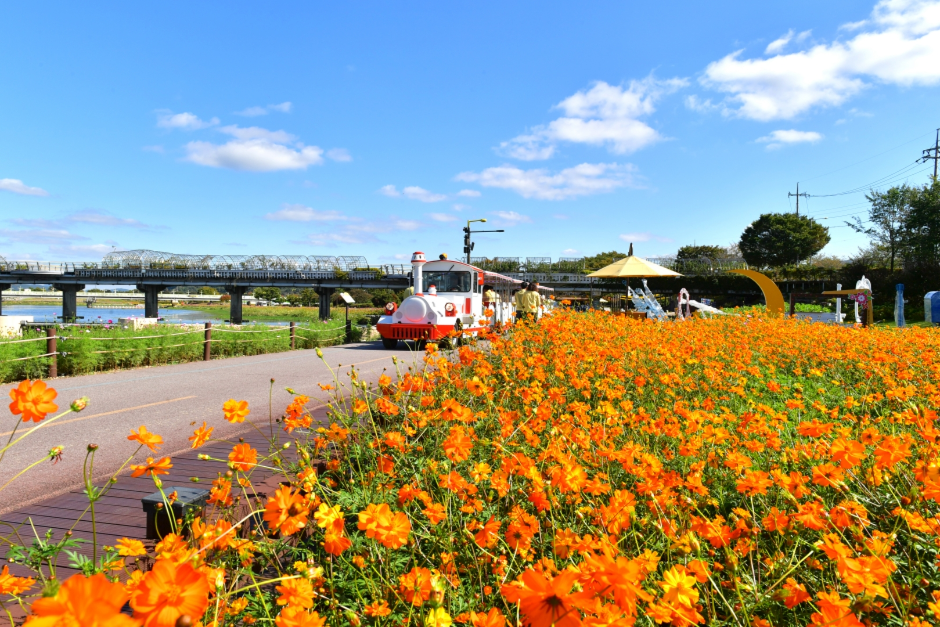
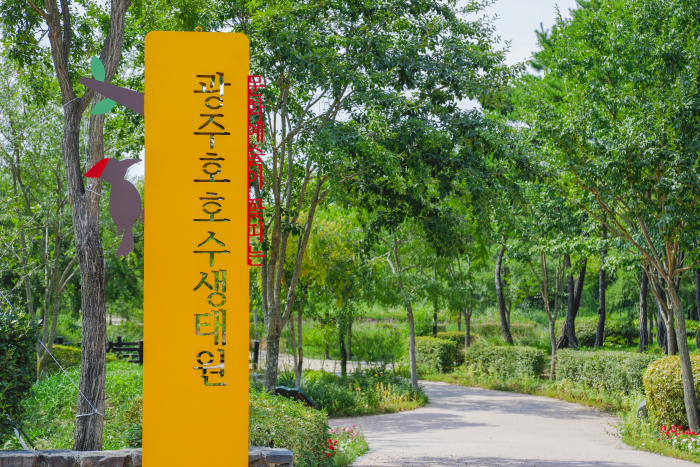
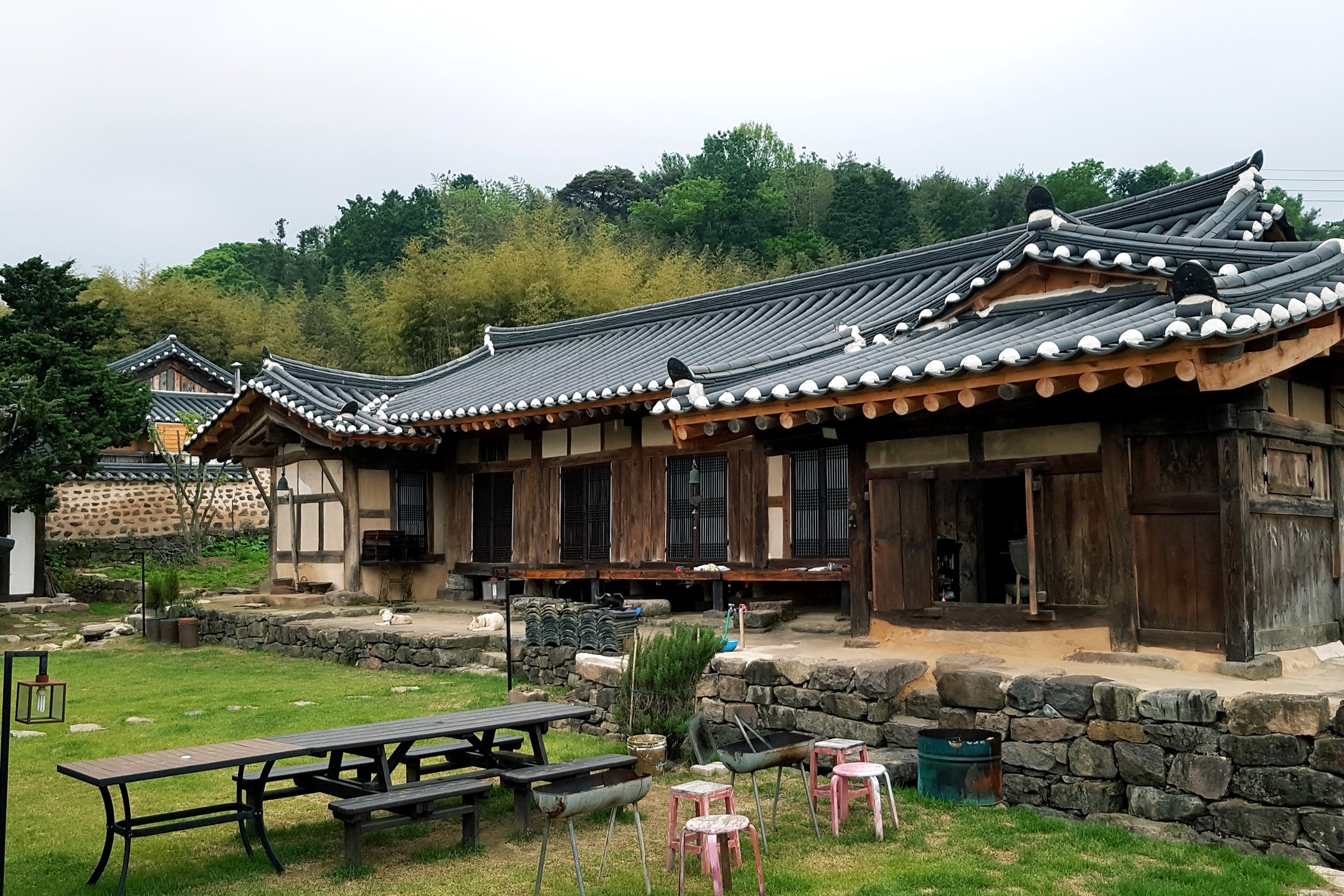
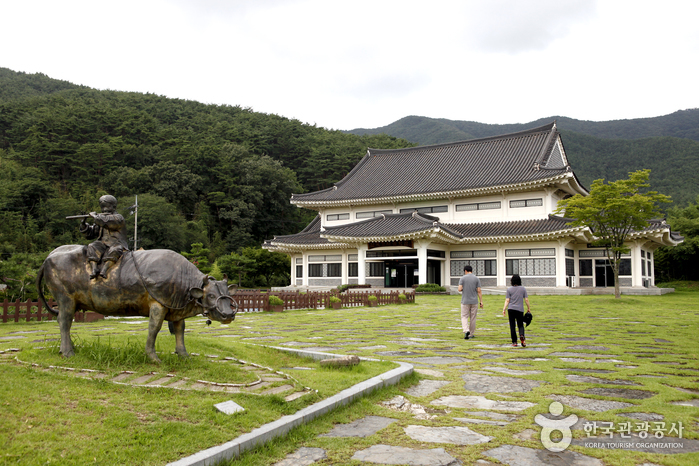
 Español
Español
 한국어
한국어 English
English 日本語
日本語 中文(简体)
中文(简体) Deutsch
Deutsch Français
Français Русский
Русский